Debt and Savings – What you need to know… Posted on October 9, 2018
There are a few key steps involved in improving your financial situation, below we have outlined the first steps:
How to Budget
Most of us have great intentions when it comes to saving, but somehow we never seem to get around to making things happen. Unfortunately, unless you have the discipline to put together the numbers, you’re unlikely to make much headway.
One of the first steps towards reaching any financial goal is to establish a budget. When your budget is complete, you should have all the information you need to devise a savings plan to help you reach your goals.
Step 1: Understand your financial position. This involves comparing what you own (your assets) with what you owe (your liabilities). The balance will give you your net worth.

Total assets – Total liabilities = Net worth
Step 2: Prepare a budget by writing down your income and expenditure. This will give you a picture of your spending patterns and can help you identify areas where you can cut back your spending and use that money to reduce debit.
Step 3: Once you have successfully paid off your debts, don’t stop there, consider starting a savings plan. A popular way to do this is setting up a regular automatic transfer with a pre-determined amount. This is often described as ‘paying yourself first’.
Setting Goals
Financial goals can be generally divided into three broad categories:
-
Short term (0-2 years), e.g. a new car or your next holiday
-
Medium term (2-5 years), e.g. an extended overseas trip or a mortgage deposit
-
Long term (5 or more years), e.g. major home renovations or retirement
It helps to write down what you want to achieve over each of these periods. Defining your goals will give you a clearer direction and help you make savings and investment decisions with confidence.
It’s important to set a specific deadline for each goal. This focuses your mind as well as your savings strategy.
To determine your deadline, you will need to know:
-
your goals
-
what you’ve already saved
-
by when you need to save for your goals
Once your goals are clear, the next step is to work out how much you need to save to reach them. This requires developing a budget.
Establishing a Savings Plan
Successfully building wealth is a commitment you make to yourself. The best place to start could be to establish a savings plan. The key to successful saving isn’t having lots of money, it is consistency and discipline. Successful savers don’t rely on staying motivated; instead they devise a system to keep their savings plan on track, no matter what.
Many people have their savings deducted directly from their salary and sent to a separate account. If this isn’t possible, consider setting up an automatic transfer from your everyday bank account to your savings account. Schedule it to occur the same day your salary hits your account.

How much you decide to save will depend on your personal goals. Many financial specialists suggest 10% of your income (after tax and superannuation contributions) is a good place to start. If this seems like a lot, think about how much money slips through your fingers every week without you even noticing. For example, consider your daily $3 cup of coffee. Day by day it seems like loose change, but in a year those coffees cost around $1,100.
Debt Management Strategies
There are a number of ways to reduce debt, depending on your personal circumstances. A few of these strategies are outlined below.
Pay off non-deductible debt first
Interest payments on debt that produces income, such as a loan for an investment property, are generally tax deductible. On the other hand, interest payments on debt such as your home mortgage, credit card or car loan are generally not tax deductible.
If you have both deductible and non-deductible debt, reducing the non-deductible debt first should minimise the after-tax cost of your interest payments. For example, you may choose to make interest only payments on any deductible debt while you pay off the non-deductible debt as fast as possible.
Don’t borrow for depreciating assets
Ideally, try to avoid going into debt to pay for depreciating items, such as cars and luxury goods. You’ll probably end up paying a lot more than you intended, so before you buy you should consider the total cost of the purchase, including interest repayments.
Pay off high interest credit cards
Interest charged on credit cards is high, so do your best to pay the balance of any credit card debt in full every month. If you have multiple credit cards, you may want to review and consider cancelling them, and then find the cheapest card that suits your needs.
Always plan for the Unexpected
When setting your budget or working out if you can afford a new purchase, check if your debt is manageable by allowing for an increase in current interest rate on your debt. This builds in a margin to cushion the effect of a sharp increase in interest rates. You should also consider how unforseen expenses such as major car repairs or a new washing machine would affect your finances.
For further information on how to practically improve your current situation, manage your debt and establish a savings plan personalised to your circumstances, click here to contact us or call (02) 4320 0500.





